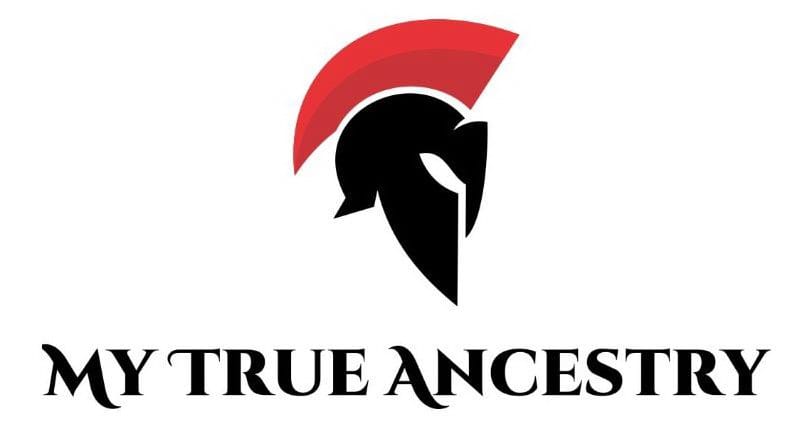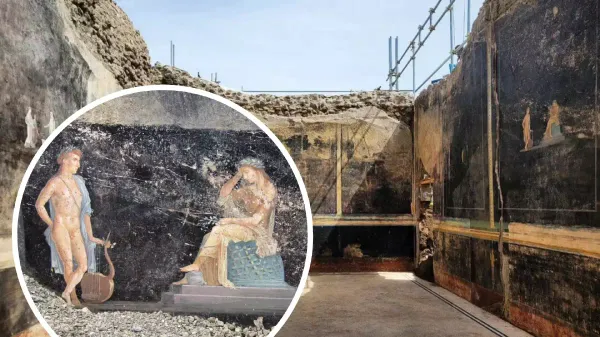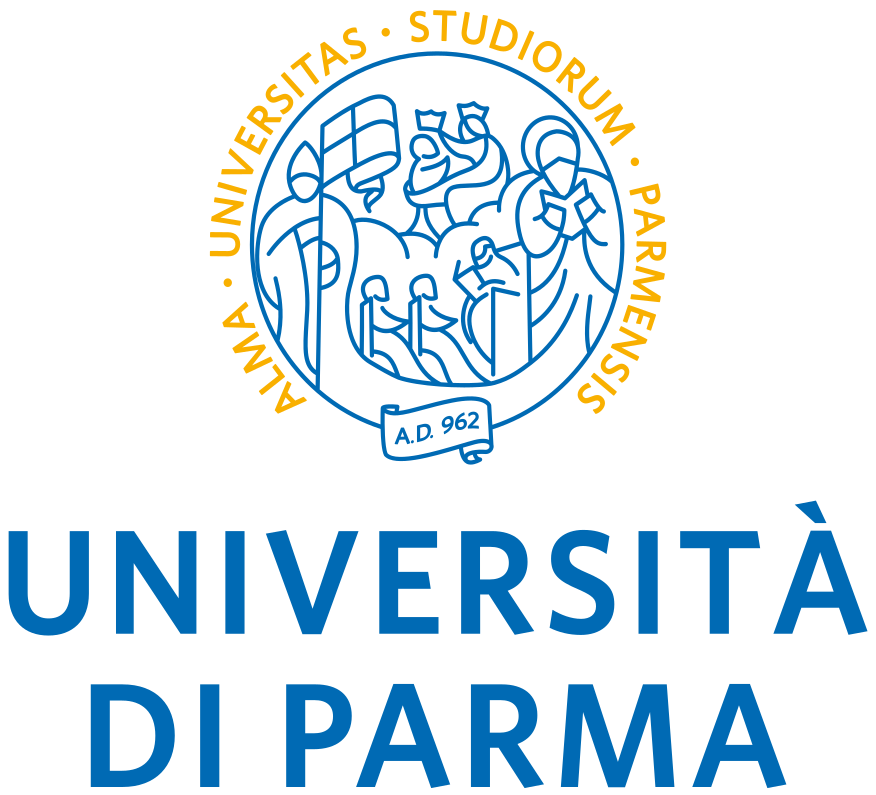Unearthing Pompeiis Secrets: Unveiling the Genomic Tapestry of Ancient Romans Through Paleogenomic Analysis





The ancient city of Pompeii presents an extraordinary tableau of Roman life frozen at a moment in history, becoming a veritable time capsule because of the Vesuvius eruption. Archaeologists have been uncovering not only buildings and artifacts but also numerous human remains that offer a thrilling glimpse into the genetic tapestry of an era that seemed simultaneously distant yet vividly alive.
The excavation of Pompeii has unearthed over a thousand bodies preserved beneath layers of volcanic ash and pumice. This preservation shields the DNA from extensive degradation, providing an unprecedented opportunity to explore ancient victim profiles. Among the sites of interest is the "Stanza degli Scheletri," where intricate tales of life during the catastrophic eruption emerge.
In what could be termed as a tableau of desperation, "Stanza degli Scheletri" tells a tale of familial bonds perhaps cemented in the face of impending doom. Here, a miscellany of adults and children sought refuge as the world collapsed around them. The discovery of adult remains near the entrance and subadults deeper within the room suggests a poignant last-minute search for safety that would have struck a chord with our modern sensibilities.
Located in the "House of the Garden" within Regio V, this site concealed the remains of several adults and children who sought refuge during the eruption. Despite looting and archaeological alterations over the centuries, the room presented a somewhat preserved tableau, depicting the final moments of those who perished. The genetic analysis of individuals from the room revealed intriguing parental connections, such as a potential mother and daughter pair. This discovery challenges our perception of social structures and personal relationships at the time of the eruption.
The study of DNA extracted from these ancient remains has opened up new vistas into individual lives once lived intensely. The DNA analysis reveals that among those who perished, there are unmistakably familial links—a mother and daughter whose mitochondrial DNA unscrolls like a map through time, connecting them across millennia with the same familiar code. The forensic analysis using Short Tandem Repeats loci (STR) determined unique genomic profiles, suggesting a minimum of ten individuals were present, indicating familial groups might have sheltered together in the hope of surviving the destruction.
The assiduous efforts revealed a multifaceted genetic ancestry within the population of Pompeii. The genomes recovered showcase a diversity as rich as the mosaics adorning its villa floors. Surprisingly, nestled within this melting pot were strands of genetic similarity not only localized but far-flung across cosmopolitan Rome and beyond—suggesting connections with far-off lands and cultures.
This genetic mosaic speaks volumes of Pompeii as a bustling port town with links extending across the empire and beyond. Perhaps this vibrant blend of cultures added layers to the complex social fabric, enriched by trade, migrations, and the welcoming of diverse peoples. The genomic study highlights Pompeii as a mosaic of genetic diversity, unveiling mixtures of genetic lineages that stretch across not only Italy but broader Eurasian populations. This mirrors historical narratives of Pompeii's significance as a bustling port city, attracting individuals from various regions for trade, military, and personal pursuits.
It was through groundbreaking techniques such as Next Generation Sequencing (NGS) and careful bioinformatics analysis that researchers were able to decrypt these genetic stories. Our understanding of ancient Pompeii has been invigorated by this blend of technology and history, piecing together a narrative previously hidden beneath volcanic debris.
Utilizing Next Generation Sequencing (NGS) technologies, researchers have undertaken extensive DNA recovery efforts, analyzing over 170 samples, predominantly bones and teeth. The methods employed include shotgun sequencing—a technique used to examine the genomes of various individuals believed to have lived in Pompeii during its final days. These methods have revealed a preservation of endogenous DNA in some samples exceeding 90%, a testament to the capability of modern technology to transcend the challenges of time.
As research continues, the historical and genetic analysis promises to provide further glimpses into the lives of Pompeians, not merely as victims of tragedy but as vibrant threads in the broader tapestry of human history. Their genomes tell tales of movement, interaction, and serene daily life interrupted yet preserved by nature's fury.
In the complex tapestry of European history, population genetics is like an invisible thread, connecting past and present. The varying ancestries of populations across Europe reveal a fascinating story of migrations, cultural transformations, and local adaptations. From the Mesolithic hunter-gatherers to the imperial Roman era, each phase of human history in Europe has left a distinct genetic imprint.
In Imperial Italy, a genomic revolution occurred. Large-scale genomic studies reveal the heterogeneous nature of the population during this period. Unlike the previous predominance of Steppe ancestry introduced in the Bronze Age, the genetic landscape of Imperial Italy showed an increase in ancestry related to Neolithic Iranian farmers. This made the Italian population distinct among their European counterparts, reflecting a period of high mobility and diverse contacts.
The genetic makeup of Europe, at any given point in time, reflects waves of migration and interaction. Starting with the Western Hunter-Gatherers (WHG), who once roamed the continent, the genomic history unfolds through the arrival of Neolithic farmers from Anatolia who brought new lifestyles and genes. The coming of the Bronze Age introduced Steppe peoples, altering the genetic landscape significantly, especially in Northern Europe. Each migratory wave left a lasting genetic legacy, layering the historical narrative with the complexities of ancestral intermingling.
Contrasting Pompeii's genetic richness, genomic data from the broader Roman Empire, including settlements in France and England, illustrate differing ancestries, such as a heightened presence of Steppe and Iranian Neolithic ancestries, each reflecting the disparate socio-political landscapes across the empire.
The bustling, ancient city of Pompeii provides us not only with remarkably preserved ruins but a unique opportunity to peer into the past through the lens of ancient DNA (aDNA) analysis. As excavations continue to unearth artifacts and remains from the catastrophic eruption of Vesuvius in 79 CE, these ancient remnants are yielding their genetic secrets thanks to advanced paleogenomics.
Pompeii's human remains, encased under layers of volcanic ash and pumice, offer an extraordinary state of aDNA preservation. Early turmoils in the excavation process led to some damage, but they also inadvertently ensured the retention of much of the genetic material that modern science now explores.
Particularly poignant is the study of individuals from the 'Stanza degli Scheletri'—a room in a Pompeian house where a group took shelter during the eruption. There, scientists found a fascinating palette of genetic variation, showing relationships that support anthropological displays of kinship: a mother and daughter sharing the same mitochondrial haplogroup were found in very different locations on the genomic variability spectrum.
An extraordinary revelation from this study is the genetic mosaic that was Pompeii, interlaced with a great diversity comparable to modern-day genomic heterogeneity. The genetic profiles discovered here are not just a snapshot of a single era but reflect patterns from periods as far back in time as the Mesolithic and Neolithic through to the Bronze and Iron Ages. They hint at the city's vibrant role as a hub of migration and exchange, resonating with historical accounts of Pompeii's commercial and cultural significance in the Roman Empire.
Through multidisciplinary approaches, combining archaeological evidence with cutting-edge genomic techniques, this research not only reconstructs the lifeways of ancient Pompeii's inhabitants but also elucidates broader migration patterns and social dynamics during the apex of Rome's imperial power. The research paints a vivid picture of life in Pompeii before the eruption, enhancing our understanding of social structures and familial relationships of the ancient Roman world.
What emerges from the ashes is not just a city preserved in time, but a testament to the enduring complexities of human societies. Ancient DNA techniques tell us more than just the story of individual lives caught in time; they weave together a broader, dynamic narrative of human movement, cultural shifts, and interaction across time, all encapsulated in the volcanic shadow of Vesuvius.
Through meticulous archaeological excavations and advanced DNA sequencing techniques, we continue to unravel the genetic stories of ancient populations. The findings not only enhance our understanding of human history but also highlight the dynamic changes that have shaped the genetic fabric of Europe over millennia, with Pompeii serving as a remarkable window into the cosmopolitan nature of the Roman world.

Comments